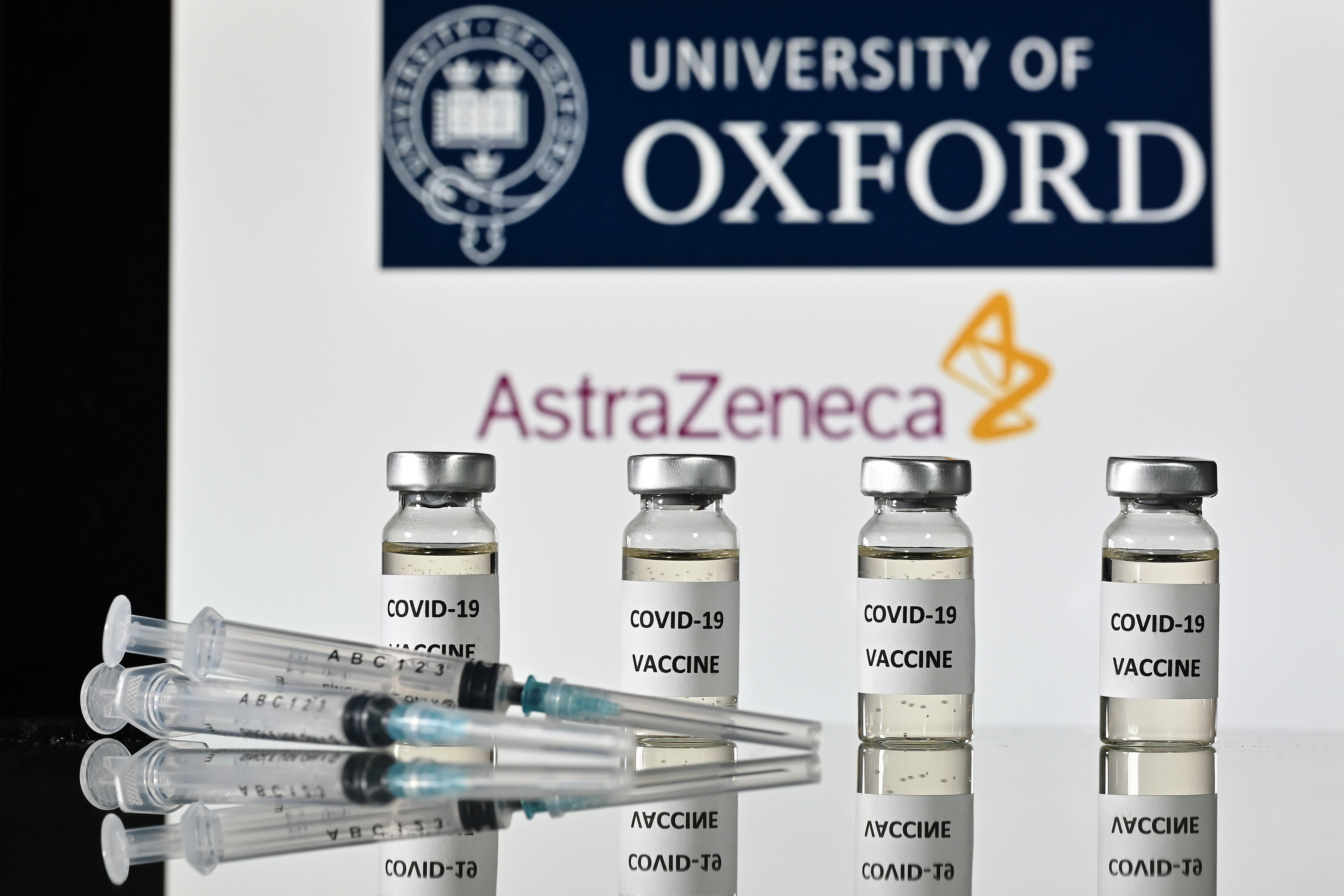Covid: How does Oxford’s vaccine work?
Phase-two trials show a strong immune response in older volunteers

Your support helps us to tell the story
From reproductive rights to climate change to Big Tech, The Independent is on the ground when the story is developing. Whether it's investigating the financials of Elon Musk's pro-Trump PAC or producing our latest documentary, 'The A Word', which shines a light on the American women fighting for reproductive rights, we know how important it is to parse out the facts from the messaging.
At such a critical moment in US history, we need reporters on the ground. Your donation allows us to keep sending journalists to speak to both sides of the story.
The Independent is trusted by Americans across the entire political spectrum. And unlike many other quality news outlets, we choose not to lock Americans out of our reporting and analysis with paywalls. We believe quality journalism should be available to everyone, paid for by those who can afford it.
Your support makes all the difference.Oxford’s coronavirus vaccine has shown promising preliminary results in older participants, with a strong immune response seen in over-60s and more data expected in coming weeks as the candidate enters the crucial late-stage trials.
Researchers described the findings as “encouraging”, and said participants in the Oxford trial developed similar immune responses across the three age groups: 18 to 55, 56 to 69, and 70 and over.
Further findings on the effectiveness of the candidate, which is manufactured by AstraZeneca, are expected in the next few weeks.
How does the Oxford/AstraZeneca vaccine work?
The ChAdOx1 nCoV-19 vaccine uses the conventional technology used to develop vaccines – a weakened form of the virus is used to prepare the body for an infection.
This technology has been used to produce vaccines for the flu, Zika and Middle East respiratory syndrome (Mers), among other pathogens.
In this case, a harmless version of a common virus which causes a cold in chimpanzees has been genetically modified to stop it from growing in humans.
The vaccine enters the cells and produces the coronavirus’s distinct “spike protein”, which triggers an immune response and prepares the body to fight the virus in case of infection.
How is it different from Pfizer and Moderna’s vaccines?
While the Oxford/AstraZeneca vaccine uses traditional vaccine methods – introducing a weakened form of the virus – Pfrizer and Moderna use messenger RNA (mRNA) technology.
This type of vaccine uses only the virus’s genetic code. It enters the cells and tells them to create antigens, which are then recognised by the immune system, and prepares it to fight the coronavirus.
mRNA vaccines can be produced more quickly, as no virus is needed.
What immune responses does the vaccine trigger?
The Oxford vaccine has been shown to induce both an antibody and T-cell response, as have the candidates developed by Pfizer and Moderna.
Nearly all effective vaccines provoke both responses in participants.
Antibodies are proteins produced by the immune system in response to the presence of a foreign invaders, known as antigens.
T-cells are a kind of white blood cell which kill infected host cells.
Can we produce the vaccine to scale?
The UK has ordered 100 million doses of the Oxford vaccine – enough for most of the population, as the jab requires two doses.
The head of the UK Vaccine Taskforce, Kate Bingham, has said she is confident it can be produced at scale.
The UK has also secured 40 million doses of the Pfizer-BioNTech vaccine and 5 million of the Moderna vaccine.
How effective is the jab for older people?
Researchers have said the phase two Oxford-AstraZeneca trials suggest there have been “similar” immune responses among younger and older adults.
The preliminary findings, released on Thursday, have boosted hopes that it will be able to help protect people in the most vulnerable age brackets.
This is particularly reassuring because older people, who are most at risk from the virus and have weaker immune systems, tend not to respond as effectively to vaccines as younger adults.
It comes as data from the Pfizer vaccine’s ongoing phase three trials has also shown the candidate to be effective in 94 per cent of over-65s.
Volunteers in older age groups were also less likely to experience side effects from Oxford’s ChAdOx1 nCov-2019 vaccine, which were usually mild.





Join our commenting forum
Join thought-provoking conversations, follow other Independent readers and see their replies
Comments